European Gastronomic Journey
Pick your favorite

Which would you recommend if each nation in Europe could only serve one meal and one wine to visitors?
French cuisine: French-fried foie gras
One of the top three gourmet foods in the world is French-fried foie gras.
The Romans were likely the first people to know how to prepare fried foie gras more than two thousand years ago. Foie gras was introduced to the court after more than a thousand years, during the reign of Louis XVI of France, and quickly rose to popularity as a favorite meal. Many well-known musicians, authors, and celebrities were commended at the time, helping to cement its reputation as a premier cuisine ever since.

Italian cuisine: Spaghetti
one of the most well-liked pasta meals in Western formal cuisine, usually known as spaghetti.
There are numerous varieties of spaghetti, each with a unique name and varied lengths; some Chinese speakers refer to the hollowed-out variety as macaroni. Some claim that spaghetti originated in Rome while others assert that Marco Polo brought it from China to Sicily and then introduced it to all of Europe.
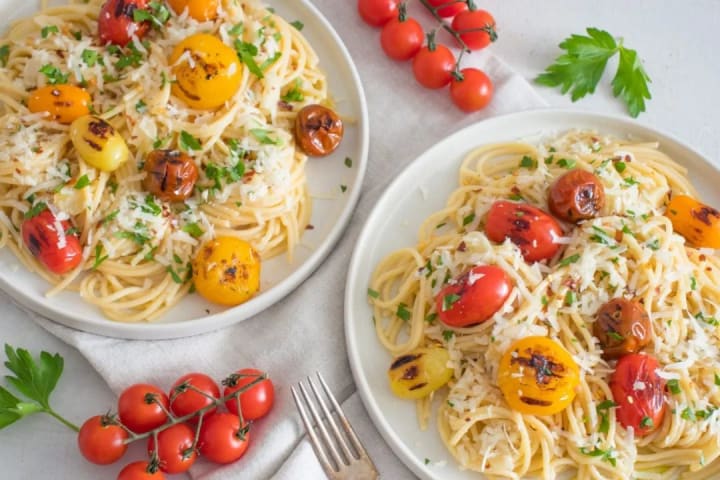
Spain and Portugal cuisine: Paella
one of the three most well-known foods in Western cuisine, along with spaghetti and French escargot. Paella is a type of rice dish produced with Spanish burgundy rice and has its origins in Valencia, Spain's fish and rice capital. Paella has beautiful yellow rice grains made from the priceless spice saffron, as well as a huge quantity of shrimp, crab, clams, oysters, and squids. It is a dish that is mouthwatering due to the rice steaming. A wave of tapas, small plates, and wine are also available. While dining and conversing, there is also the option to chat up sex while dancing.
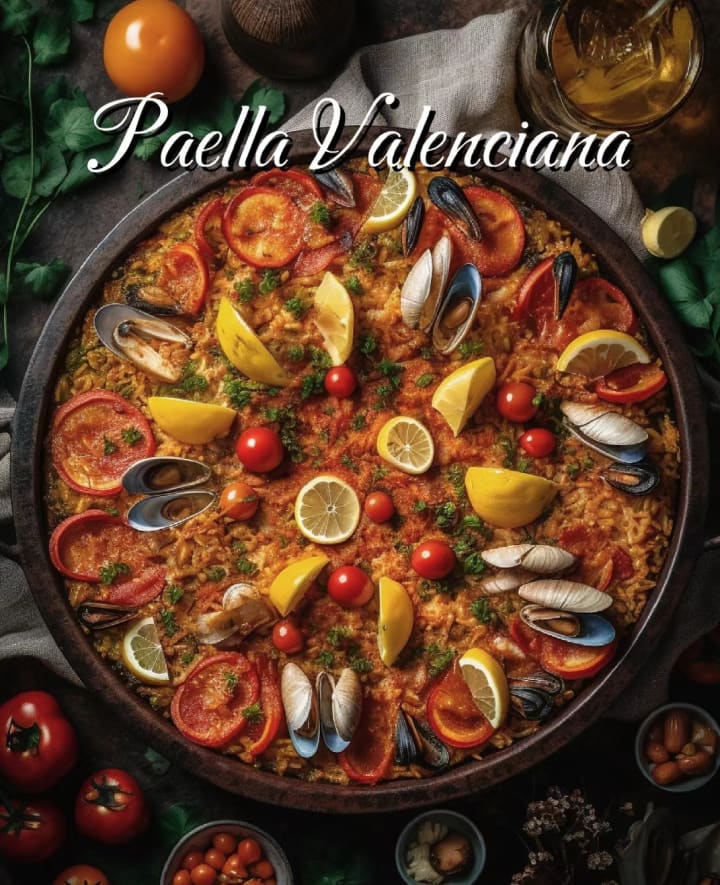
Greek cuisine:Souvlaki
Greek cuisine, in its broadest sense, includes the culinary traditions of three nations: Greece, Cyprus, and Turkey. The three nations are historically linked; for example, the majority ethnic group in Cyprus is Greek, and Greece and Turkey have occasionally exchanged populations. As a result, the cuisines of the three nations have converged; for example, souvlaki is popular in Greece, kebab is popular in Turkey, and sheftalia is popular in Cyprus. Additionally, Greek Gyro and Turkish Shawarma are also available; these dishes have grilled meat between layers of cake and are typically served with Greek yogurt, which can help with digestion and relieve weariness.



Germanic national cuisine-Austrian and German cuisine:Schnitzel
Since Austria is the birthplace of the Habsburg dynasty, it must be ranked above Germany. Schnitzel must be the national dish of Austria.
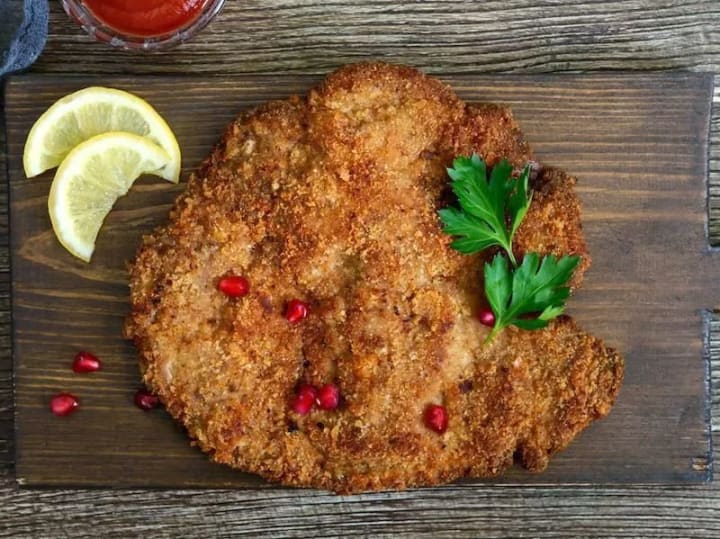
A version of apple strudel that was created especially for the Habsburg royal family and later became well-known.

It goes without saying that Germany has large elbows with sauerkraut, sausages with beer, and Oktoberfest for a month at a time. However, Pretzels are actually the country's greatest culinary contribution to the globe.
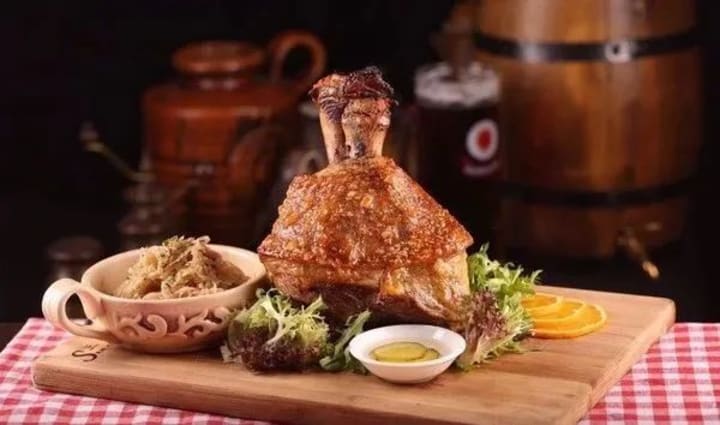
On the other hand, die-hard foodies will adore the Spaetzle pasta chunks that Germany and Austria share.

Belgium Cuisine: Steamed oysters in Wine and French Fries
In Belgium, waffles and chocolate are undoubtedly the most popular foods. Steamed oysters in wine with French fries would actually have to be considered Belgium's national dish; sadly, most people would classify both as French cuisine.


Dutch Cuisine: Dry-Fried Croquettes
One of the most popular cheeses consumed worldwide is Dutch Gouda. Heineken beer is one of many internationally renowned Dutch specialties. Holland is particularly well-known for its boozy cuisine, including the Dutch adaptation of dry-fried croquettes.

Holland is also known for its waffles, which go great with coffee because they soften the cookies in the cup and allow the caramel inside to melt a little.

Poland's Cuisine: Blood Sausages and Dumplings
Poland, like Malta, was a country that experienced four wars, and its cuisine has been significantly impacted by Slavs, Germans, and Jews. Polish delicacies include a variety of Jewish soups as well as Slavic blood sausages and dumplings, German sausages, and other sausage varieties.

Hungarian Cuisine: Goulash
Yet another pair of nations with a shared past. The Austro-Hungarian Empire was disbanded following World War I, and a sizable portion of Hungary ended up in Romania. The predominant cuisine in the area is Hungarian, most notably the country's national dish, goulash (beef with potatoes is pronounced "goulash" in Hungarian).
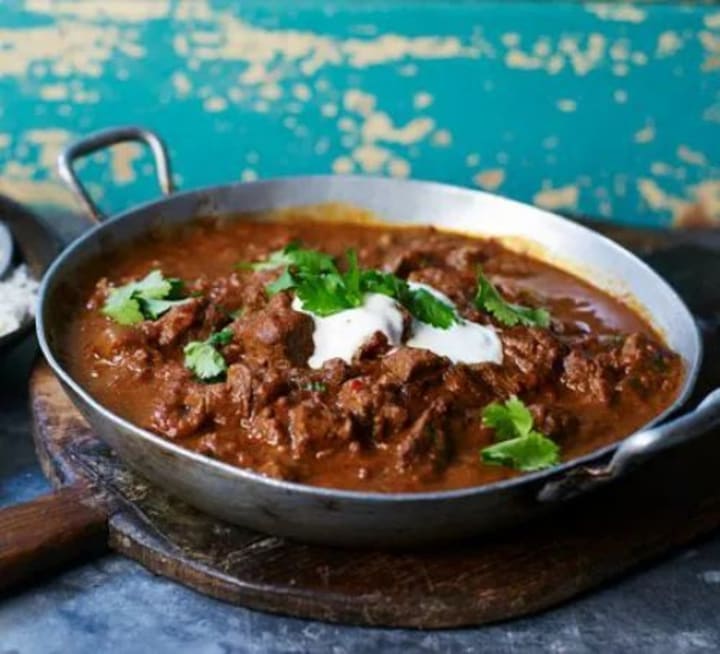
Romanian Cuisine: Cabbage Rolls
In addition to being strongly affected by Hungary, Jewish cooking has a long history in Romania, as seen by the presence of cabbage rolls.

British Cuisine: Chicken Tikka Masala
British and Irish food still merits a spot on this list despite the fact that dark cuisine is now essentially associated with British food. There are many different types of dark pies, loin pies, mutton pies, lamb loin pies, and stargazing pies in addition to fish & chips and English breakfast. As a previous member of the Sunset Empire, British food has also been greatly impacted by the colonies, to the point where the British people themselves chose Chicken Tikka Masala (Spiced Roasted Chicken Curry) as their national dish.

Irish Cuisine:Irish Stew
Ireland's national food may vary, but practically every restaurant serves Irish stew, which is often made with lamb. However, if you inquire about Ireland's national beverage, Guinness is a given.
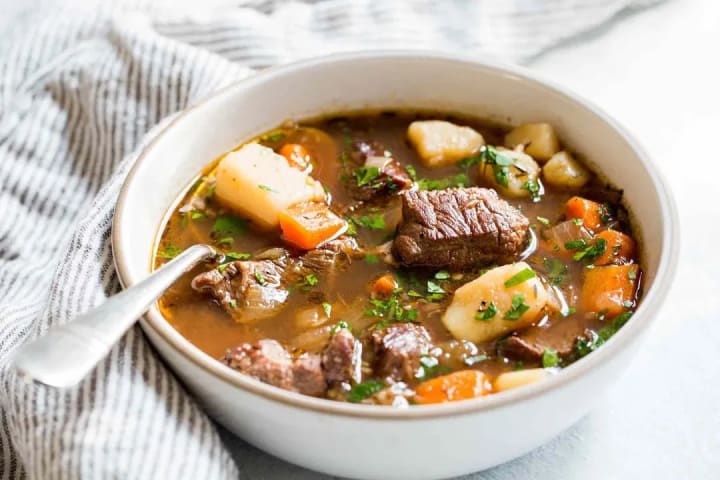
Switzerland Cuisine: Cheese Fondue
Switzerland is sandwiched between France, Italy, Germany, and Austria. Despite being bordered by these three major culinary hubs, it has sadly failed to invent a new dish that combines the best elements from each. Instead, cheese fondue is in charge.
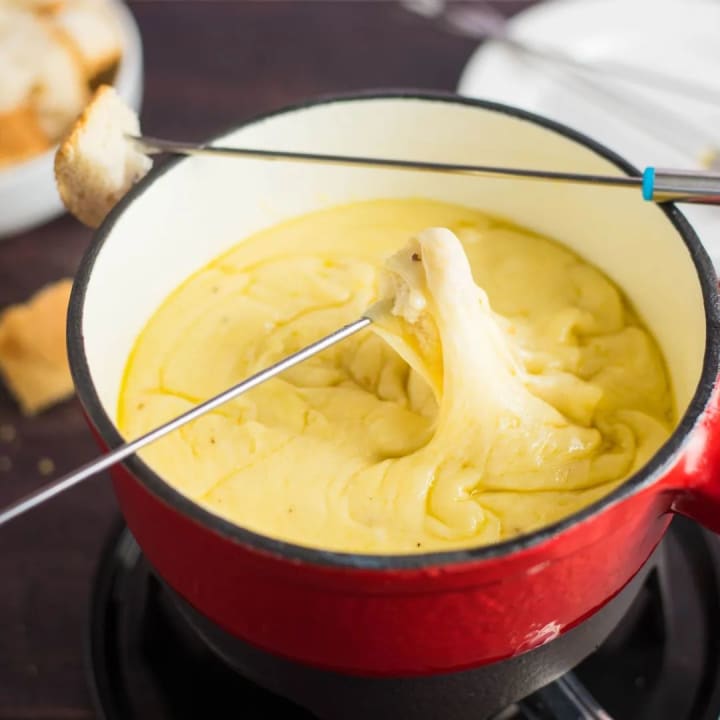
And then there's the Swiss fritter, which has become popular all over the world but whose true origins are actually obscure due to poor marketing.
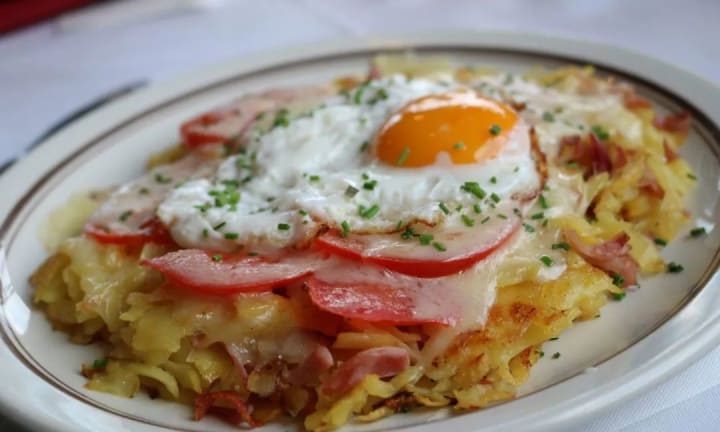
Luxembourg Cuisine: Pork Neck Meat Covered With Beans
Luxembourg is a Grand Duchy located between France and Germany. Why don't you go to France and feast there if you believe you are in Luxembourg? Naturally, if you want to try something different, you can try this pork neck meat covered with beans.

The majority of Czech and Slovak cuisine is basically Austrian or Hungarian.
Please feel free to share your thoughts regarding European cuisine in the comments section.
About the Creator
EvelynZhou
Love to share life's revelations with others, as well as reading, eating, traveling, and fantasizing.






Comments
There are no comments for this story
Be the first to respond and start the conversation.